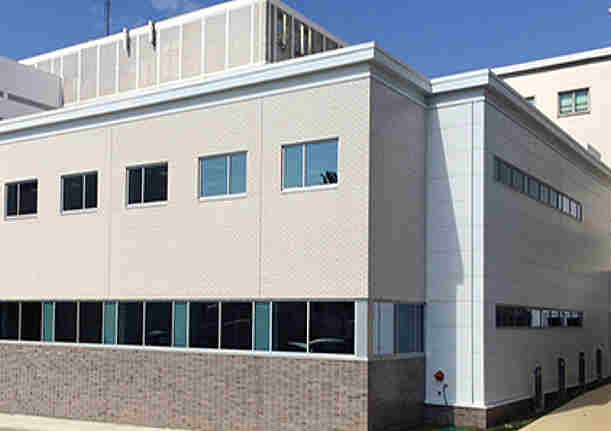The History of Modern Modular Construction
Modular construction provides exceptional value, whether you need to solve an urgent need for temporary space with a relocatable building that can be moved from place to place or are exploring the possibility of a permanent modular building.
Modular buildings can meet the need for permanent apartment buildings, complete school campuses, office buildings, healthcare facilities, churches, museums, banks, retail and recreational space, and an unlimited number of special applications.
Relocatable modular buildings are also ideal when you need temporary space for classrooms, health clinics, construction site offices, real estate sales offices, man camps, and other structures you plan to disassemble and move to an alternate location when needed.
In recent years, modular buildings have been used to construct McDonalds fast-food restaurants. In 2007, modular accommodations were built to house researchers at the Halley VI British Antarctic Survey base in Antarctica. Even Google recently announced plans for a new modular campus headquarters in the Silicon Valley, replacing stick-built buildings with modular structures that can be moved around and reconfigured as the company develops new product lines.

Modular Evolution
Aside from the mobile homes we’re all familiar with, modular construction is not a new idea. In fact, the Crystal Palace, one of the first modular buildings, was built for Great Britain’s Exhibition of 1851. Designed and built from light materials, such as iron, wood and glass, in just few months, it was disassembled after the exhibition and moved to another location.
In the U.S., pre-fabricated buildings have been around for more than 100 years, gaining in popularity during the first half of the 20th Century when Sears Roebuck Company sold kit “modular” homes from its catalog.
During World War II, prefabricated barracks were used to house military personnel. After the war, the demand for homes by returning soldiers was greater than the market could handle with conventional construction, and, because modular homes were cost-effective, durable and quick to complete, the market exploded.
Modular buildings for commercial and industrial use grew more sophisticated in the 1960s, thanks primarily to computer-aided design capabilities and overhead cranes that could lift 100 tons. Now modular buildings could be as high and wide as desired, and the individual modules were limited only by the width of the road between the plant and the building site.
In 1968, the World’s Fair would be held in San Antonio, Texas. A new hotel was needed, but there was not enough time to build one the traditional way. The builder constructed the first four floors and elevator core of what would become the 21-story Hilton Palacio del Rio Hotel using conventional methods.
A total of 496 modular guests rooms were built eight miles from the site, complete with plumbing, light fixtures, art work and furniture, then transported to the site and assembled with the help of a crane. The rooms were all placed in 46 days, and the entire hotel was completed in a record 202 working days. The construction was a milestone for modular building techniques.
Even the majestic transatlantic ocean liner, The Queen Mary 2, the largest and most expensive cruise ship in the world in 2004, used modular passenger cabins and VIP suites to ensure that all cabins were built to the higher standards that are available in a factory environment.
If you are interested in a cost-effective solution, consider modular construction with a modular builder such as Modular Genius in Joppa, MD. Modular offices and other buildings are quick to complete, extremely flexible, budget-friendly, and available in countless architectural designs that will fit nearly any commercial, industrial, institutional, or government environment.
